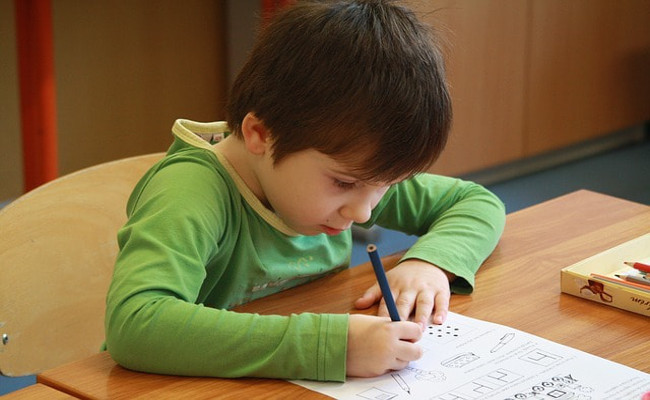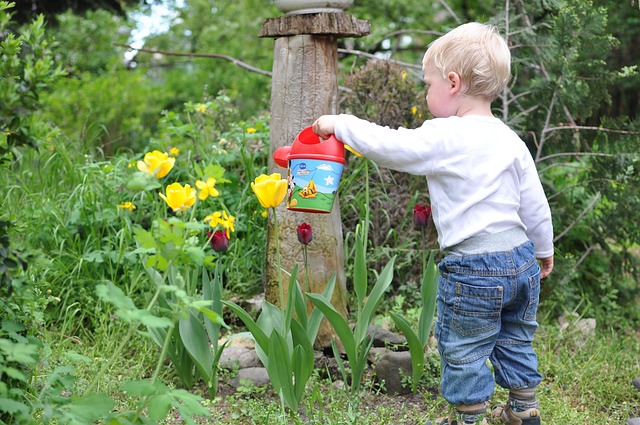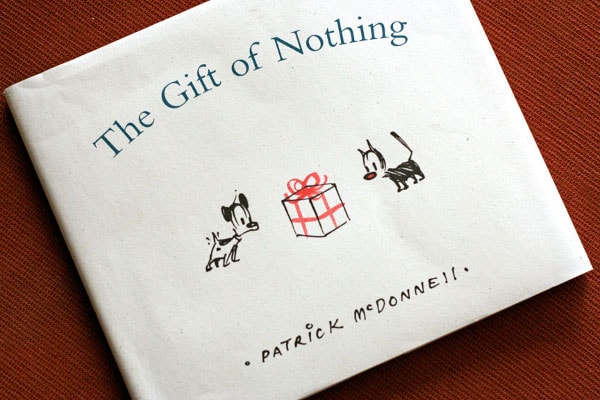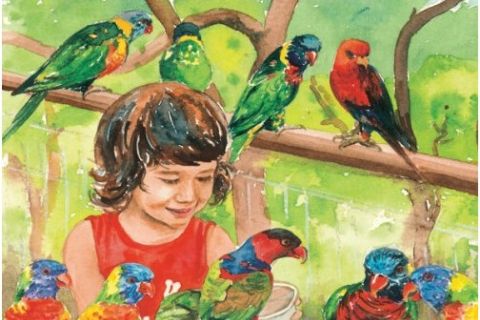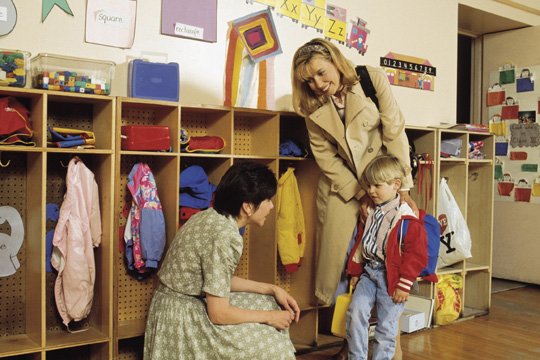These days children as young as 18 months go to school, and many subsequently have absolutely crammed schedules. However, the irony is that the number of children requiring special help by age 6 or 7 is increasing. With the current methods of instruction, are we teaching more, and are our children learning less?
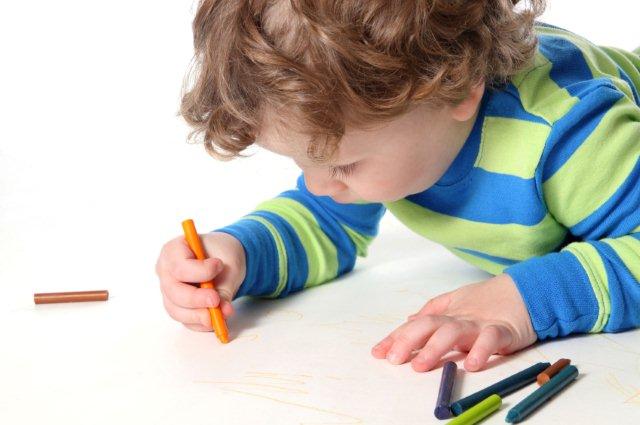
Research on child language development reveals that all normal children acquire a vocabulary of a few thousand words by age 4.
They also learn how to put words into conventional phrases and sentences, use a very specialised grammar, and acquire intonation, gesture, rules of eye contact, body posture and the ability to interrupt, all without formal teaching.
Interestingly, children manage this by simply observing and overhearing how language is used.
Teaching Methodologies
Many of today’s instructional programmes stray from the way children actually learn. Some lay stress on repetition and habitual learning, while others require the mastery of one unit before going on to another.
The curriculum may also not cater to slower learners, who do not perform well in standardised tests that come at regular intervals.
Although contemporary linguists recommend a ‘meaning-based’ approach, many language learning activities today are content-based rather than usage in real-life situations.
The current obsession with ‘fun learning’ often assumes that learning will be tedious and difficult unless it is made entertaining for the students. However, the fact is that most children learn things not because they are fun, but because they are practical.
For example, children learn to read so that they may be able to read signs or enjoy a favourite storybook. Having fun while learning is simply an added bonus.
➡️ Related Read: Top 10 Classic Children’s Books
Actual learning does not require much effort. The stress and strain that children experience come more from trying to learn, but then failing to do so.
Constructive Instruction
The most important thing is to have a positive attitude. If we expect a child to have reading problems, the tasks we set would be geared towards this. In turn, these tasks may not be challenging enough for the child to outgrow any perceived problem.
Tasks and exercises should be changed regularly to see which suits the child better, and labelling children who fail to read or write by a certain age should be avoided.
Instead of assuming that these under-achievers may have defective brains, it may be wise to first look at their instructional programmes to see if they are meaningful and/or interesting enough for these youngsters.
Children can be introduced to graded readers which complement specifically designed phonics instruction. Usually, such children benefit significantly from a multi-sensory teaching approach.
Assisting Under-Achievers
For those low achievers who lack the ‘prior knowledge’ to help them understand a book or a passage, both teachers and parents should be working together.

It is necessary to increase the child’s exposure to more everyday language, plus provide more opportunities to build vocabulary in a natural and relaxed setting.
Such young students can benefit greatly from story-telling sessions, where the teacher (or parent) reads a story while the children listen.
➡️ Related Read: How Storytelling Can Help Your Child to be Successful
These children should be encouraged to speak up when they can predict what will happen next, to talk about the story afterward with one another and their parent/teacher, and to even act out some of the dialogue.
The Learning Process
Actual learning does not require much effort. The stress and strain that children experience come more from trying to learn but then failing to do so.

When true learning occurs, it mostly goes unnoticed. An indication that learning has taken place is when children demonstrate that they know something that they didn’t know before.
The old saying, “If you give someone a fish, you feed him for a day, but if you teach him how to fish, you feed him for a lifetime” holds true. Good teachers will ensure that learning makes sense to their children.
They also try to create the right learning environment. One good way is to guide pupils to use language, both spoken and written in a non-threatening environment.
Useful activities range from decorating paper plates and writing jokes and riddles, to writing and telling stories and producing newsletters or journals. Children can also be given the opportunity to write freely and imaginatively by themselves.
Overall, we should be beacons of light available for consultation, rather than drill instructors waiting to pounce on every little mistake made.
By Fauziah Shah, Founder of Petra Education Centre.
* * * * *
Want to be heard 👂 and seen 👀 by over 100,000 parents in Singapore? We can help! Leave your contact here and we’ll be in touch.
If you liked this story, show some love by liking and sharing it at the bottom of the post.






































